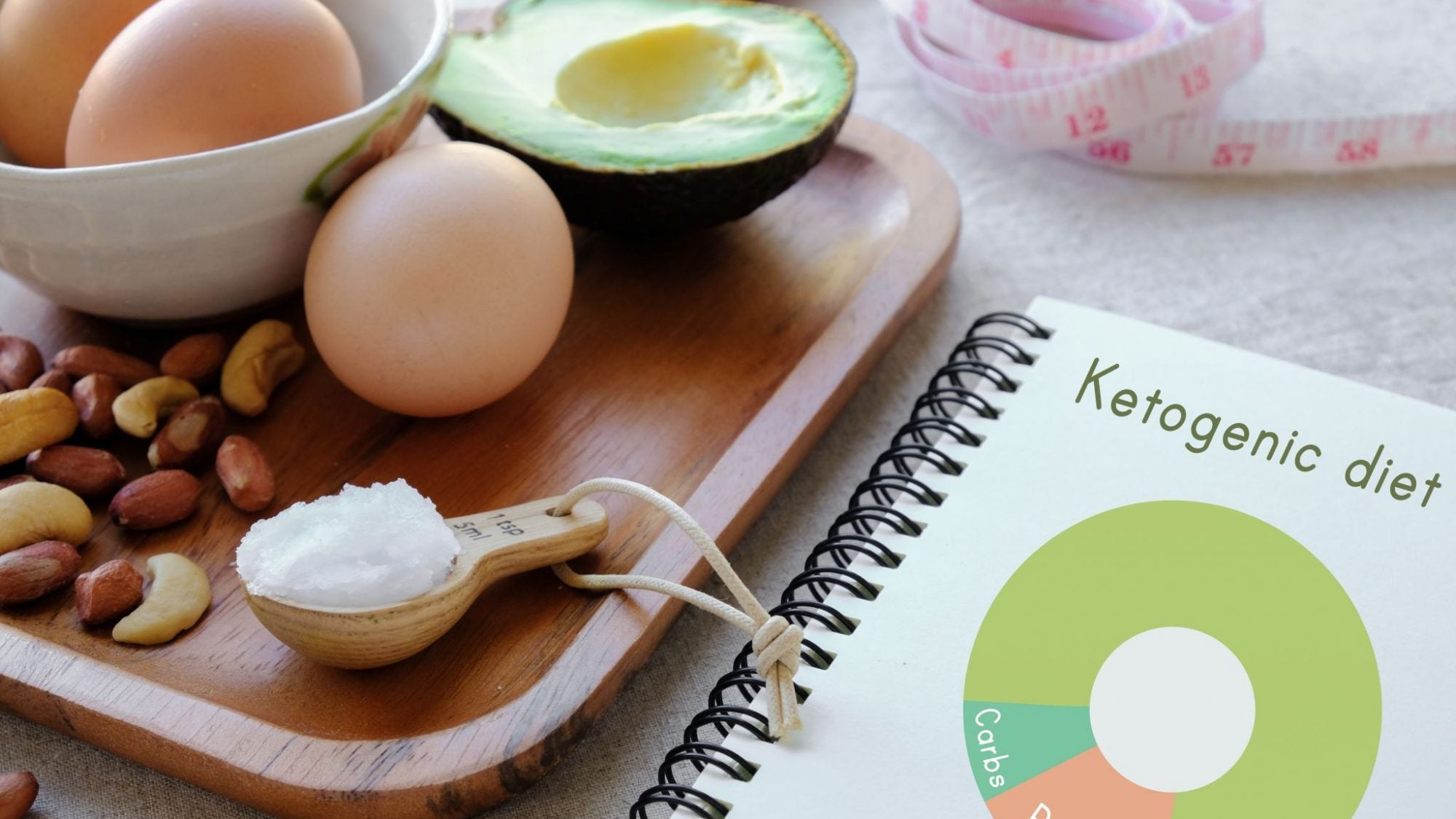How To Get Into Ketosis The Right Way

You may have heard about “keto” or “low-carb” diets in recent years because of their popularity with a wide range of people.
Celebrities use it for weight management, high-level executives experiment with it to improve mental clarity, and athletes try it to enhance performance in events like the Tour de France.
Originally used to treat patients with neurologic disorders and for brain health, ketogenic diets are one of the oldest therapeutic diets around. The benefits of ketogenic diets and low-carbohydrate diets extend past patients with neurologic issues as they’ve also shown impressive benefits for a variety of metabolic issues including weight loss.
As a result, this has piqued the interest of people looking for an effective and sustainable diet. One of the most crucial parts for long-term success with these types of diets is getting into ketosis (the fat-burning zone) the right way. These are some key points to remember along the way...
The most important of which is to eat the right food. Download our Master Keto Food List with 100+ keto foods mapped out for you!Know Your Macros
Macros are short for macronutrients, the nutrients that your body can use for energy. Macros consist of fats, carbohydrates, and proteins. Macronutrients make up the calories we consume - 1 gram of fat contains 9 calories, while protein and carbohydrates each contain 4 calories per gram. In order to achieve nutritional ketosis through dieting, you must be within a specific macronutrient range.
Even for a non-ketogenic, low-carbohydrate diet, having an idea of your macronutrient range is beneficial because excess protein can be converted to glucose.
Fortunately for many individuals, as the low-carbohydrate diet becomes more of a lifestyle, they’re able to rely less on strict macronutrient counting and can go more off intuition. In a standard ketogenic diet, the percentage of macronutrient distribution is 75% fat, 20% protein and only 5% carbohydrates.
Online calculators allow you to conveniently plug in variables like age, sex, height, and activity level to figure out how many daily calories you should consume. When starting a diet, calculating this number will involve some experimentation so expect to adjust as you go along. The important part will be understanding your macro ratios.
Count Carbs
Counting carbohydrates is one of the most important steps when initially starting a ketogenic or low-carbohydrate diet. That's because it’s deceptively easy to consume more carbohydrates than you might expect even while eating “healthy” foods. For instance, tropical fruits and juices are typically high in carbohydrates and, in many instances, these foods can exceed your daily carbohydrate intake when on a low-carbohydrate diet. In standard ketogenic diets, this number would equate to 20% of total calories from carbohydrates in a day. With other low-carbohydrate diets, while there isn't a set number, 100 grams daily (or less) is generally considered to be “low-carb.”
Balance Your Electrolytes
Typically, when undergoing these types of diets, our bodies begin to expel more water and electrolytes because carbohydrates tend to retain water. In essence, these diets have a diuretic effect. That's why there's a huge focus on electrolytes on keto.
Electrolytes are minerals present in our body that are necessary for proper functioning of a number of processes ranging from fluid retention to blood chemistry to nerve signal transmission. These electrolytes consist of sodium, potassium, and magnesium - most attributes that make up the “keto flu” can be attributed to lowered levels of electrolytes.
You can take an electrolyte supplement like KetoElectrolytes to replenish and rebalance your stores, or drink some bone broth or take BHB!
Supplement with Exogenous Ketones
Supplement with exogenous ketones like KetoLogic’s BHB.
Studies have shown that exogenous ketone supplementation can induce a state of ketosis within hours of ingestion. Even for individuals who aren’t following a strict ketogenic diet, exogenous ketone supplementation can put them in a state of ketosis. For those new to keto, it’s normal to struggle during the initial adjustment phases of the diet so a BHB supplement can be helpful.
Plus, KetoLogic’s BHB contains electrolytes like sodium, magnesium, and potassium which can help address any potential deficiencies encountered during the start of a very low-carb diet.
-
Posted in
Authority Article, Ketosis, Nutrition, Nutrition Article, Product Article, Starting Keto, Training, Weight Loss




